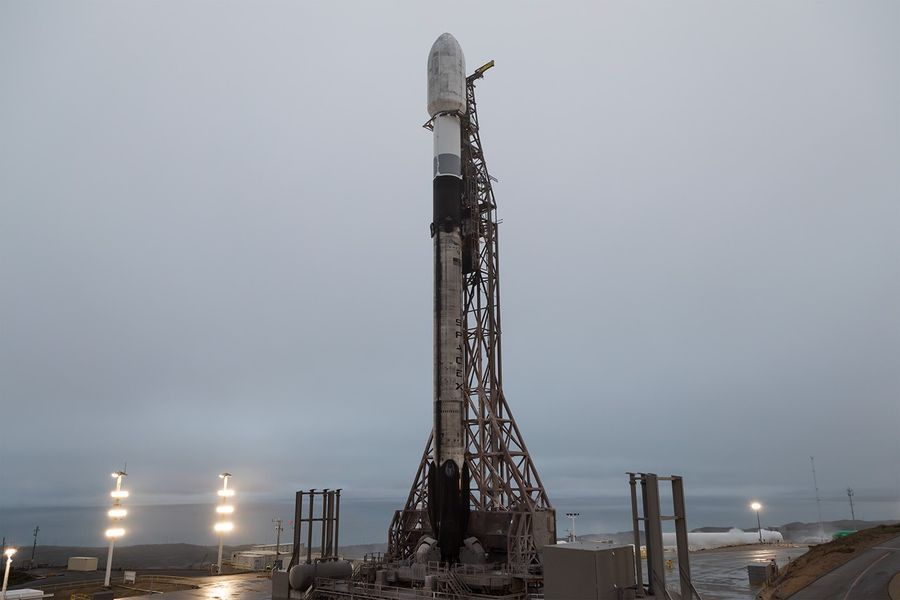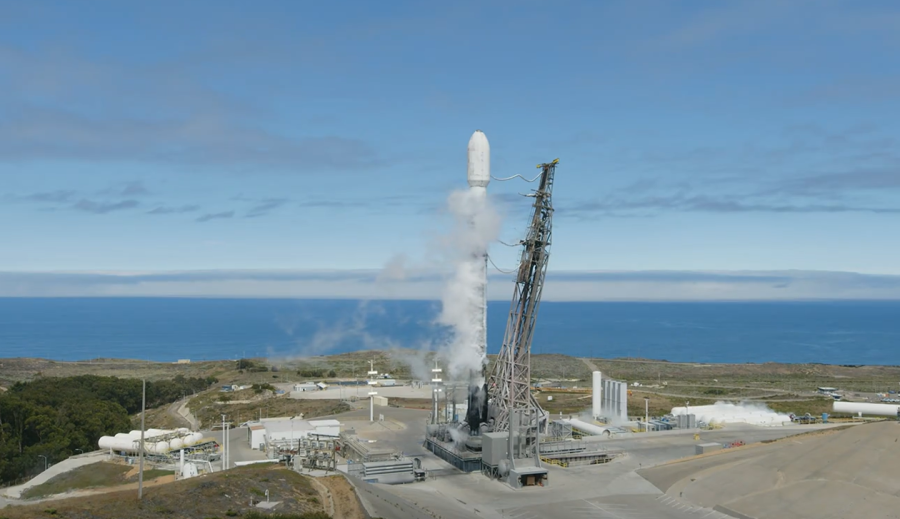NASA’s TRACERS (Tandem Reconnection and Cusp Electrodynamics Reconnaissance Satellites) twin satellites are in orbit after the spacecraft launched at 11:13 a.m. PDT (2:13 p.m. EDT) on a SpaceX Falcon 9 rocket from Space Launch Complex 4 East at Vandenberg Space Force Station in California as part of a commercial rideshare mission with several other payloads. […]
NASA’s TRACERS Mission in Orbit
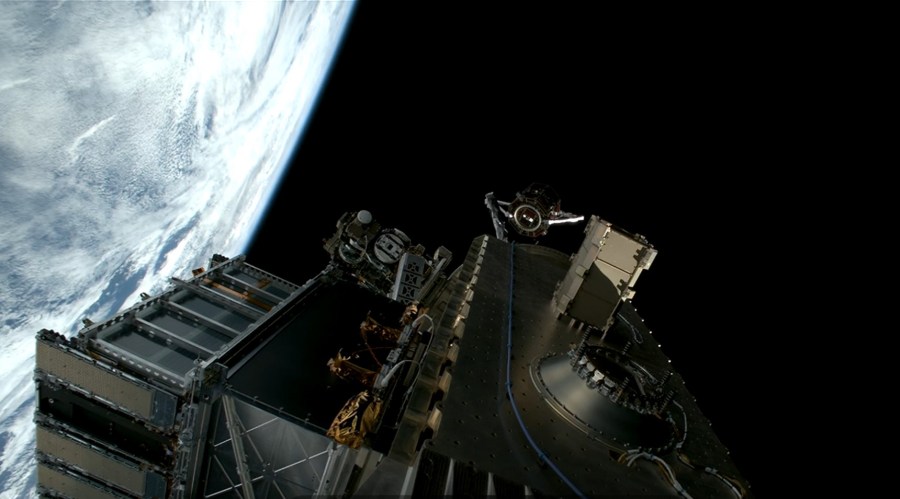









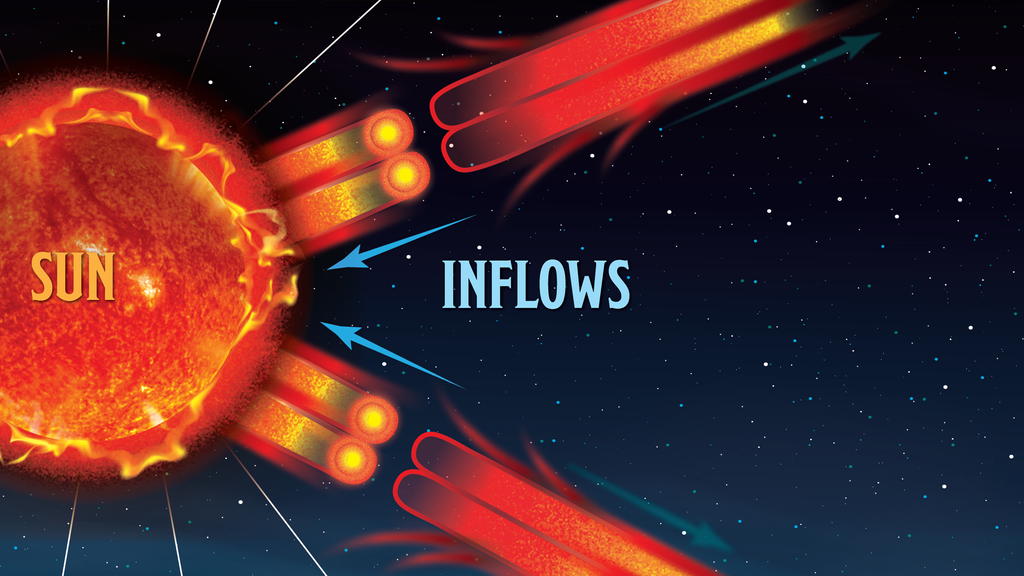




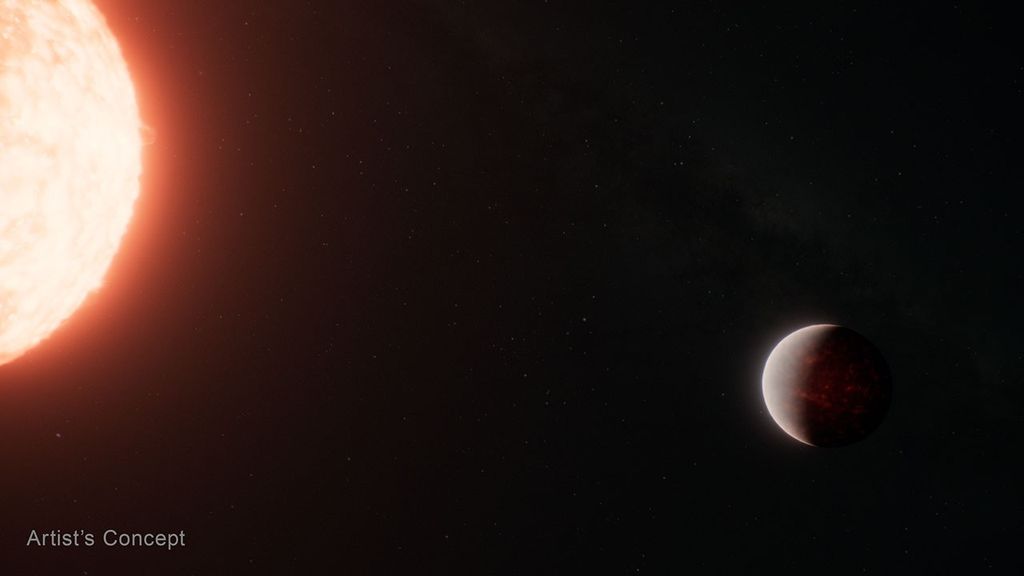
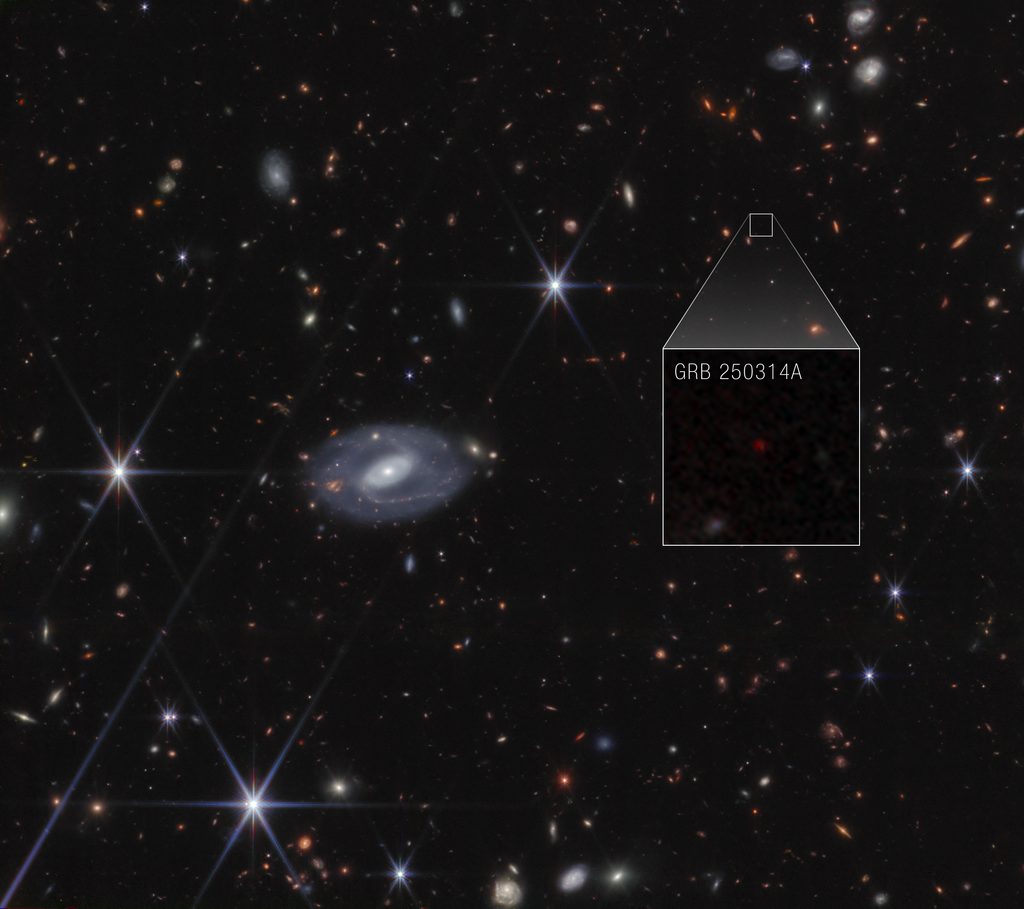










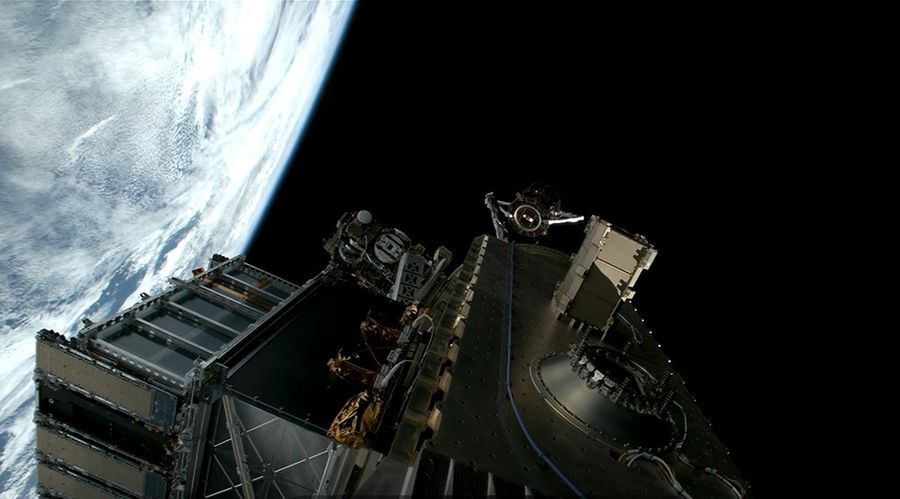

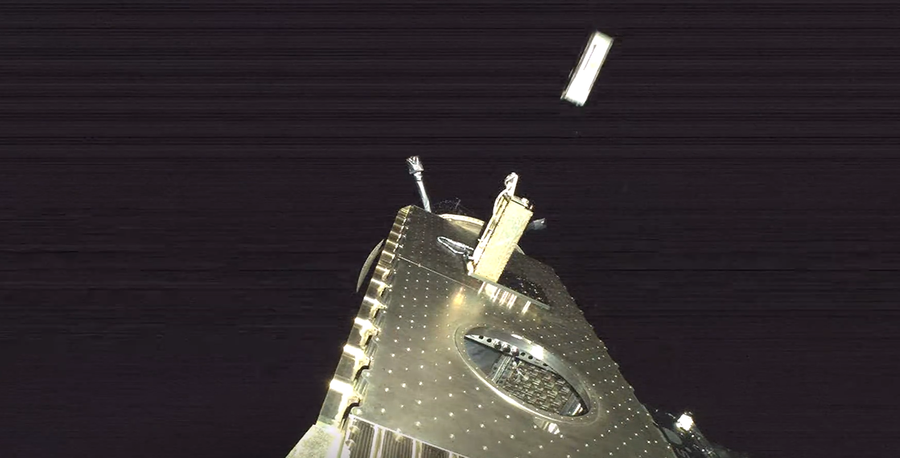
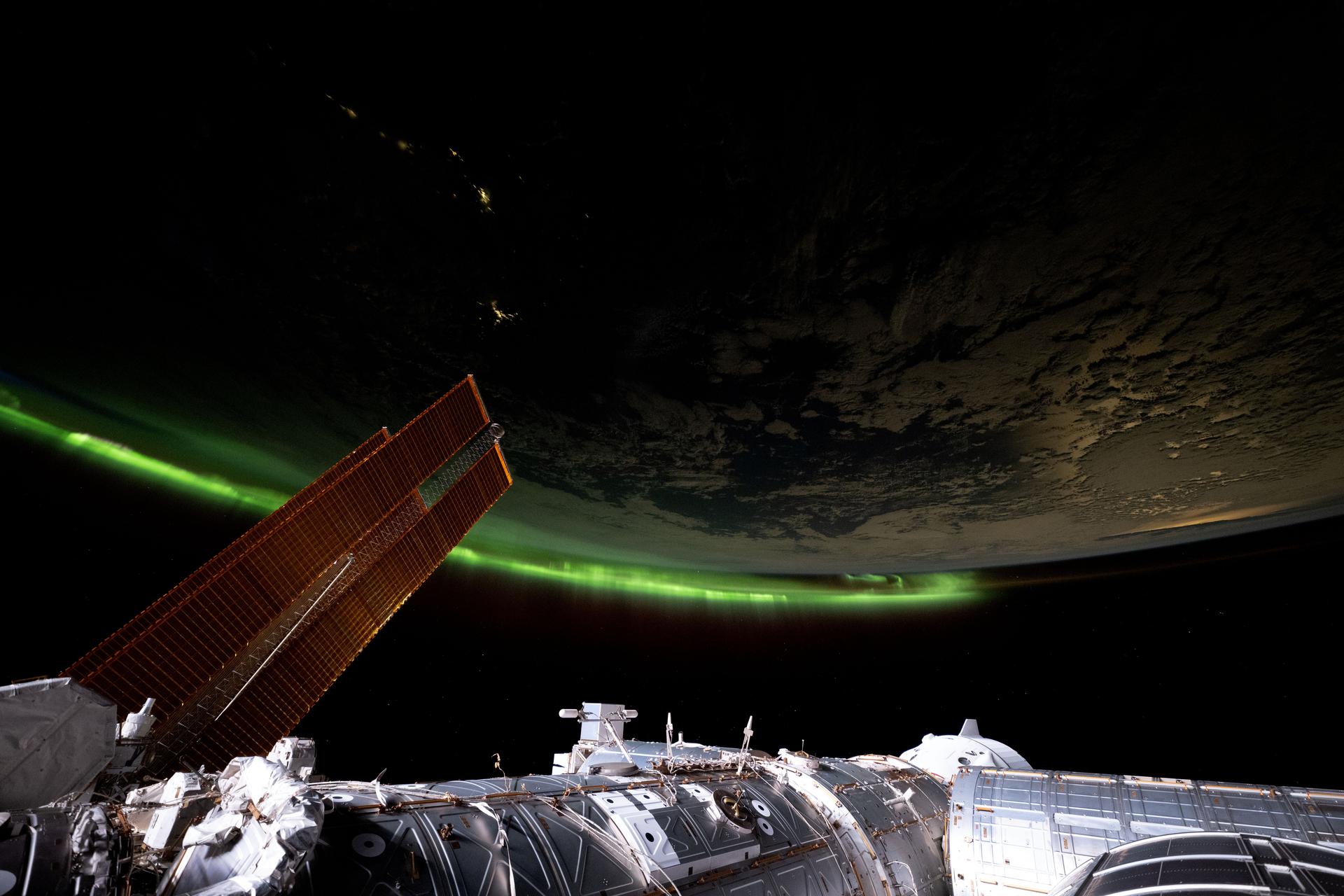
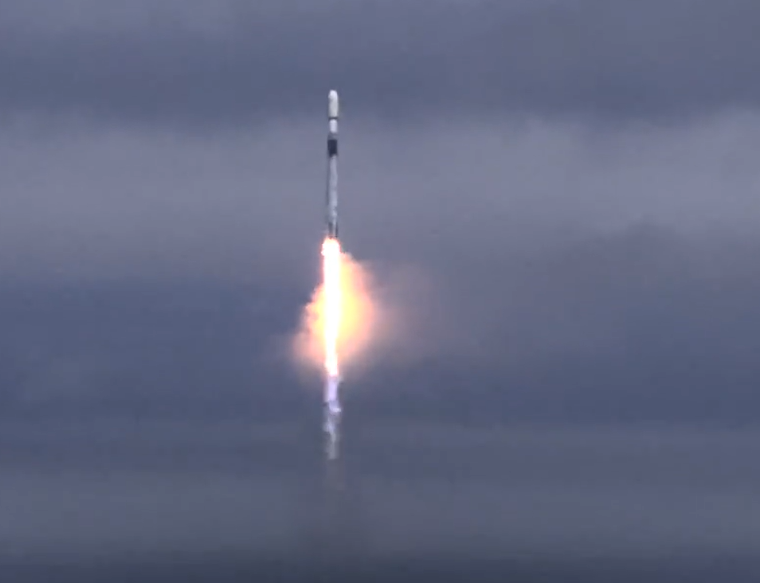
%207.23.25.png?w=760&h=583&fit=clip&crop=faces%2Cfocalpoint)

